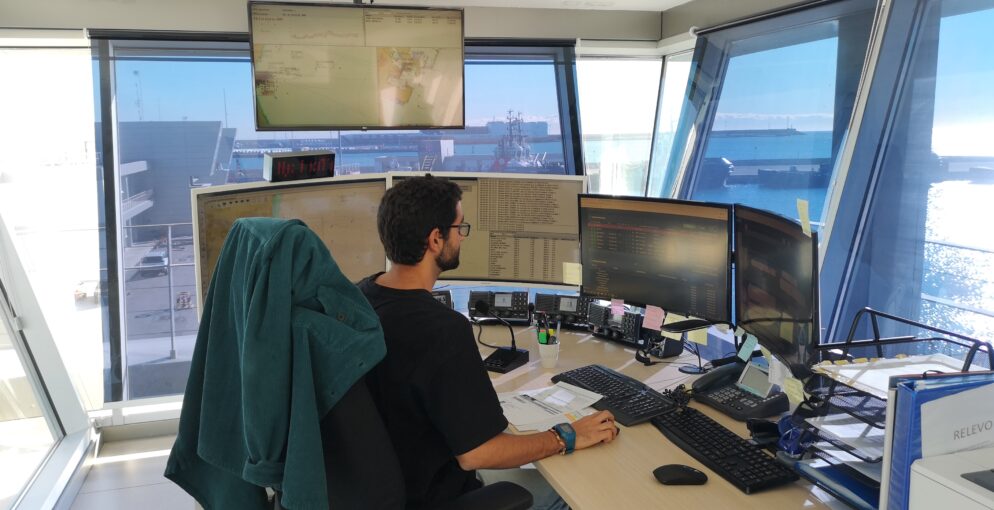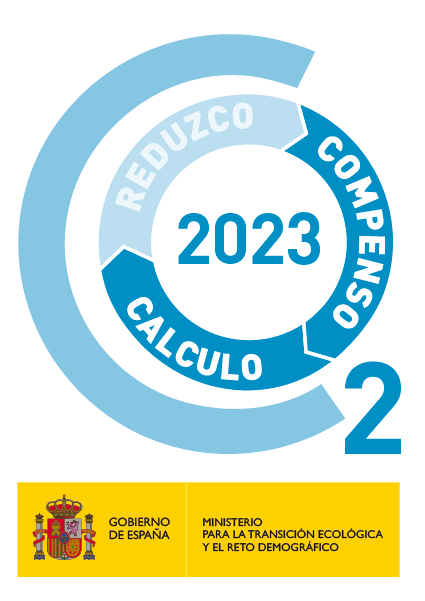Valencia, 23 March 2022.- The European PASSport project coordinated by the Valenciaport Foundation and in which the Port Authority of Valencia (PAV) participates, has been selected as a finalist in the area of digitisation of the World Ports Sustainability Awards 2022 of the International Association of Ports and Harbors (IAPH). A work that highlights the commitment of the Port of Valencia to the SDGs set by the UN in the 2030 Agenda.
PASSport aims to respond to the needs expressed by port authorities, harbour masters and border control authorities to improve the security of all European ports. The proposal is complementary to already operational platforms and extends the surveillance perimeter using a fleet of drones providing operational security support.
The idea is characterised by a particular focus on air and water pollution surveillance, buildings and critical infrastructure and marine drones. It also focuses on in-port navigation support, as well as ship attack/undocking operations and the identification of unauthorised small vessels approaching port areas.
Furthermore, the project is expected to activate marketing channels based on the services offered using a fleet of drones and integrate the activity of sensors such as Galileo to ensure the safety and security of port areas. PASSport is supported by 16 European institutions involved in this project which has received funding from the European GNSS Agency (GSA), now the European Union Space Programme Agency (EUSPA), under the European Union’s Horizon 2020 research and innovation programme.
Awarded in 2020
Once again, Valenciaport is recognised worldwide, in this case by the #IAPH 2022 awards, devising new ways to bring the maritime sector closer to new technologies and adapt it to the digital era. In this way, the PAV has established itself as a pioneering institution in the field of digitisation.
The IAPH has already awarded Valenciaport in 2020 for the Green C Ports and LOOP-Ports projects in the categories of “Resilient Infrastructure” and “Climate and Energy” respectively. The former allowed reducing the environmental impact of port operations on cities and controlling emissions, while the latter facilitated the transition to a more circular economy in the sector.


